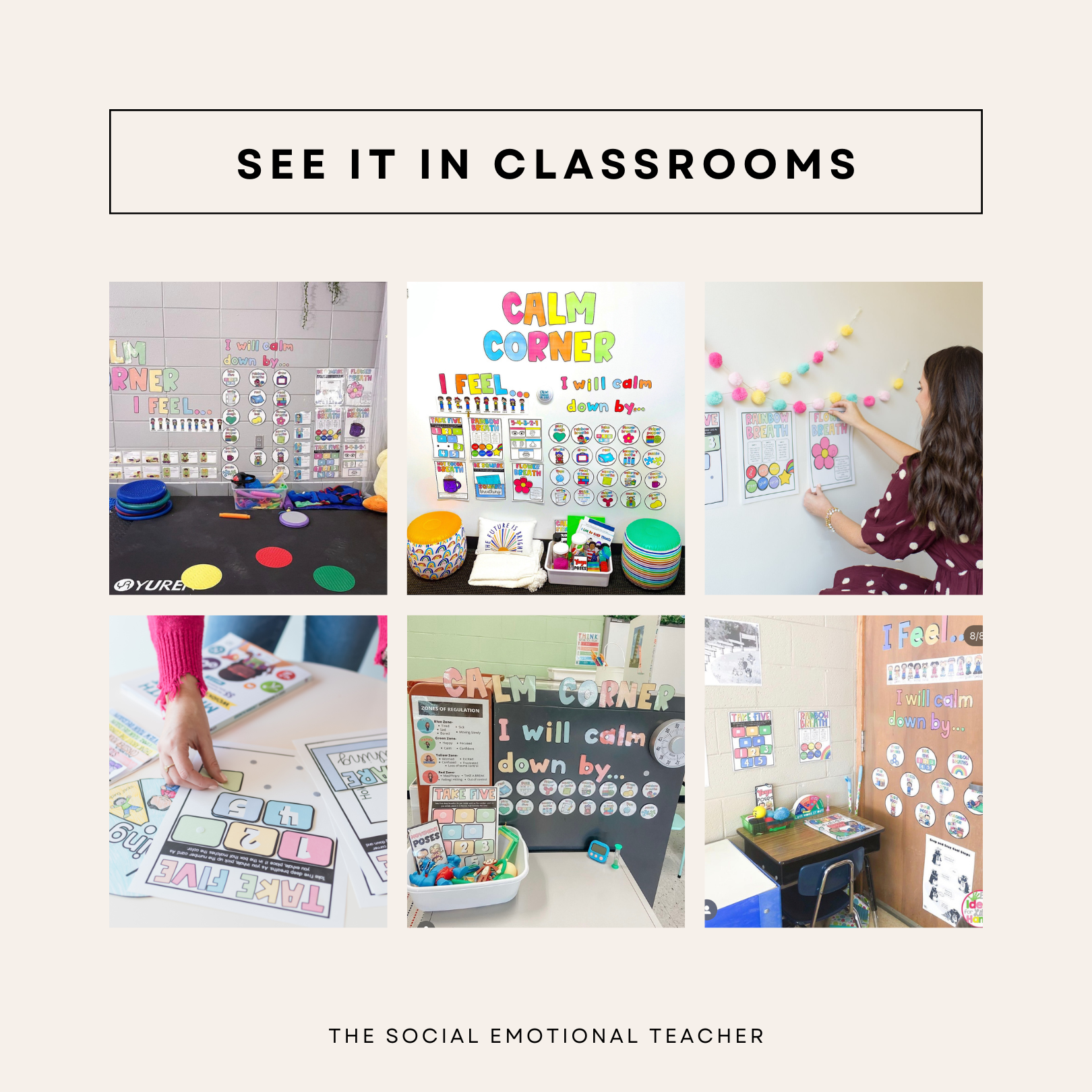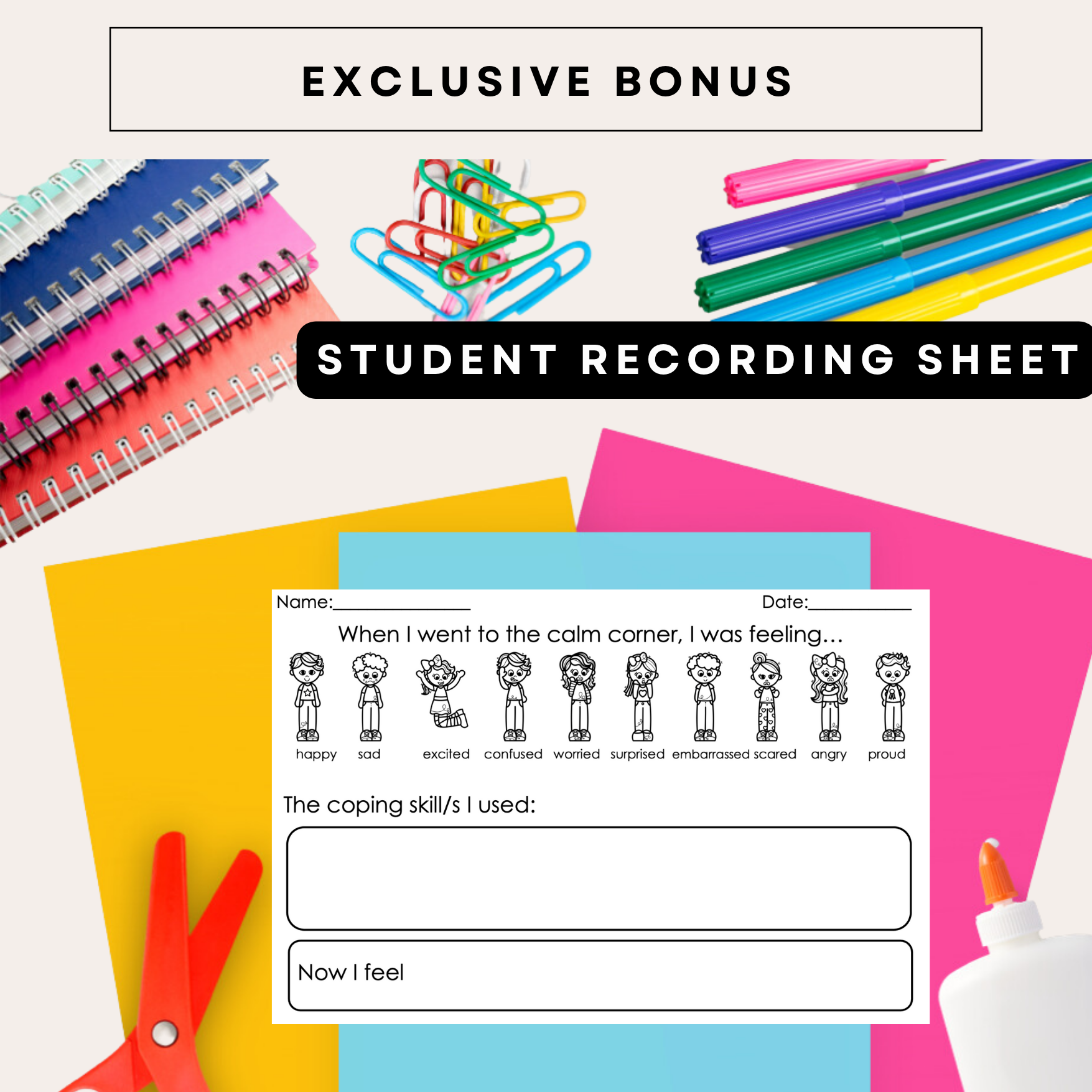As we navigate the ever-evolving landscape of education, one truth remains constant: the heart of teaching lies in the relationships we build with our students. Today, I want to share with you a practice that profoundly impacted my classroom journey: the art of self-disclosure.
Picture this: a classroom buzzing with energy, where trust flows freely, and connections deepen with each passing day. This is the magic that self-disclosure brings to our learning spaces. It’s the simple act of sharing snippets of our lives—our triumphs, struggles, and everything in between—that transforms our classroom into a vibrant community of learners.
As educators, our ability to authentically share aspects of our lives—both good and challenging—can profoundly impact the learning environment, fostering connection, empathy, and growth among students and teachers alike.
At the end of this post, you’ll find 8 Activities to Encourage Self-Disclosure in the Classroom
Self-disclosure is the act of revealing personal information, experiences, or emotions to others. In the context of the classroom, it encompasses sharing relevant anecdotes, struggles, or insights from our own lives with students. From sharing childhood stories to discussing personal passions or even sharing moments of vulnerability, self-disclosure opens a window into our humanity, bridging the perceived divide between teacher and student.
In addition to our own self-disclosure in the classroom, we can encourage students to practice self-disclosure in a safe, trusting environment. This creates a community of respect and acceptance. Later in this post, will explore how this can also combat bullying.
Fostering Connection & Trust in the Classroom
At its core, self-disclosure cultivates a sense of authenticity and trust within the classroom community. Trust can be hard to build in the classroom and we can’t expect students to come in automatically feeling safe and accepted by their peers.
Young students can sometimes see us as “superheroes” who do no wrong and know all things. While it can be tempting to keep up this appearance, it’s a disservice to our students to do so. By allowing students to glimpse into our lives beyond the role of educator, we humanize ourselves, breaking down barriers and fostering genuine connections. This sense of rapport creates a safe space where students feel encouraged to engage in self-disclosure themselves.
Why is self-disclosure so powerful? It’s because it allows us to connect on a human level. When we share our own stories, we show our students that we’re more than just educators—we’re also people with unique experiences who are learning and growing. From childhood memories to personal passions, you never know what a student might connect to.

Promoting Emotional Intelligence and Empathy
Self-disclosure cultivates emotional intelligence and empathy within the classroom. By openly discussing our own emotions, vulnerabilities, and coping mechanisms, we model healthy emotional expression and resilience for our students. This not only fosters self-awareness and regulation but also encourages students to empathize with others, creating a culture of compassion and understanding.
When we openly discuss our emotions and vulnerabilities, we show our students that it’s okay to feel, to struggle, and to grow. In doing so, we create a culture of compassion—one where every voice is heard, and every story is valued.
Encouraging Dialogue & Reflection
Self-disclosure also paves the way for open dialogue and reflection. By sharing our own perspectives and experiences, we invite students to critically reflect on their own beliefs, values, and experiences. This exchange of ideas fosters a rich learning environment where diverse perspectives are celebrated, challenging students to think critically and broaden their worldview.
Reduce Bullying by Practicing Self-Disclosure in the Classroom
Self-disclosure is a great strategy to reduce bulling in the classroom. Learning about one another and developing empathy for each other discourages unkind behavior, including bullying.
Have you ever heard the self-defense technique that if you’re being attacked you should start telling them personal things about yourself? “I’m a mom. My daughter is only 3 years old. I read to her every night.” The goal is to humanize yourself to the attack and evoke some sort of empathy or remorse. Studies show that it is difficult for many assailants to commit violence against victims who they view as people. The same principle applies to bullying. When peers start to see each other are complete humans with relatable experiences and feelings, bullying is reduced.
An Important Self-Disclosure Disclaimer for Teachers
Of course, with great power comes great responsibility. As educators, it’s crucial that we navigate the waters of self-disclosure with care and mindfulness. We must consider the relevance, appropriateness, and educational value of our disclosures, always mindful of our students’ privacy and boundaries.
We must exercise discretion when sharing personal information, ensuring that disclosures are relevant, age-appropriate, and serve the educational objectives of the lesson. Additionally, respecting students’ privacy and boundaries is paramount, creating a culture of trust and respect within the classroom.
8 Activities to Encourage Self-Disclosure in the Classroom
Personal Story Sharing
Allocate time for students and teachers to share personal stories related to a specific theme or topic. This could be done in small groups or as a whole class activity, allowing participants to learn from each other’s experiences and perspectives.
Emotion Check-in
Begin or end each class with a brief emotional check-in, where students and teachers share how they are feeling and why. This simple activity promotes emotional awareness and creates a supportive environment for sharing.
Identity Collage
Have students create identity collages using pictures, words, and symbols that represent various aspects of themselves, such as their hobbies, values, cultural background, and aspirations. Encourage them to share their collages with the class and discuss what each element means to them.
Reflection Journals
Implement reflection journals where students can write freely about their thoughts, feelings, and experiences related to class topics or personal growth. Teachers can also share excerpts from their own journals to model self-reflection and vulnerability.
Goal Celebrations
Have students set personal goals for themselves and periodically share their progress with the class. This activity encourages accountability, resilience, and mutual support as students work towards their aspirations. Have students celebrate each other achieving their goals to teach students to celebrate others, rather than being jealous or comparing.
Gratitude Circles
Form gratitude circles where students and teachers take turns expressing gratitude for something or someone in their lives. This practice promotes positivity, empathy, and appreciation for the little things.
Inspirational Quote Sharing
Ask students and teachers to choose an inspirational quote that resonates with them and explain why it holds significance. This activity sparks meaningful conversations and provides insights into individuals’ motivations and perspectives.
Bucket Lists
Encourage students to create bucket lists of things they aspire to do, learn, or experience in their lifetime. Share your own bucket list items to inspire creativity and goal-setting within the classroom community.
Each of these activities provide opportunities for students and teachers to engage in meaningful self-disclosure, fostering connection, empathy, and personal growth within the classroom. By creating a supportive and inclusive environment where vulnerability is embraced, educators can nurture authentic relationships and empower students to thrive academically and emotionally.
Ready to Use Activities:
Calm Corner Kit - Elementary School
Implementing a calm corner has been a GAME CHANGER in my classroom! It has helped me to de-escalate so many situations in a safe and calm way. My kids have learned how to self regulate their emotions through mindfulness and it has made my classroom community STRONG!
A calm corner is a dedicated space in the classroom for students to manage their reactions to big emotions. This allows students to calm down and refocus IN the classroom, rather than being sent out and missing extra instruction time. It also teaches students valuable strategies to self-regulate that they can use both in and out of the classroom.
What's included?
-
Interactive Posters with Moveable Pieces: The interactive calm corner posters come with moveable pieces that students can move (I use velcro dots to easily assemble) to allow for multi-sensory engagement!
-
Over 20 Strategies to Display: The calm corner kit includes a vast array of calming strategy posters to display, helping students explore which coping skills work best for them. From deep breathing exercises to mindfulness activities to hands on building and creating, you'll have a comprehensive toolkit at your fingertips.
-
Emotion Clip Chart: Students can move a clip to show which emotion they are feeling. This assists students with identifying emotions and being able to communicate what they are feeling!
-
Puzzles and Coloring Pages: Keep your Calm Corner engaging with puzzles and coloring pages that reinforce emotional regulation and creativity. Having hands on activities like these helps students to re-focus and calm their bodies.
-
Yoga/Gentle Stretching Flip Book: Students can practice finding calm in their bodies with yoga! The Yoga cards give visual and verbal instructions to complete simple yoga poses.
-
Suggested List of Sensory Tools: Not sure which sensory tools to include? We've got you covered with a carefully curated list of suggestions that cater to different sensory needs.
-
Wall Display Pieces: Everything shown on the wall in the cover image is included in the kit!
See what teachers are saying:
This listing includes an EXCLUSIVE BONUS (not available on TpT). Print (half-sized sheets to save paper!) and leave a stack in the calm corner for an extra layer of accountability as students track how they used the calm corner and if/how it improved their emotions!
Facebook: The Social Emotional Teacher
Website: www.thesocialemotionalteacher.com
Email: thesocialemotionalteacher@gmail.com



















No Comments